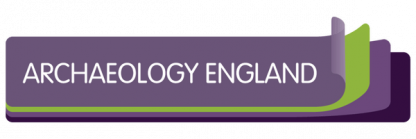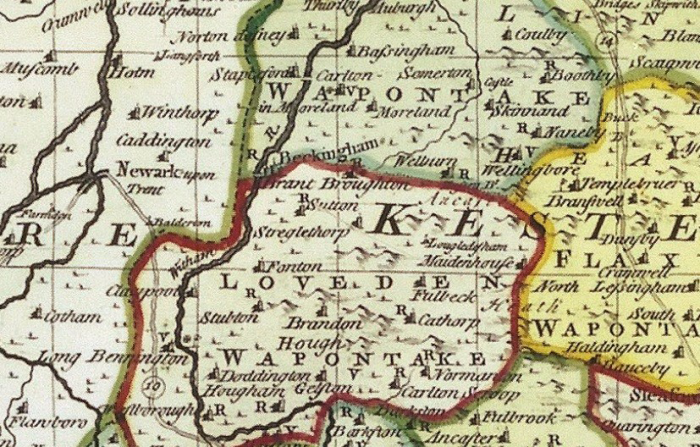A Desk-based Assessment and Site Visit of land near Leadenham Quarry, Welbourn, Lincolnshire was carried out prior to the submission of a planning application for mineral extraction. Working closely with the developer and their agent, specialist heritage management staff helped to assess the site and provide guidance for its future use, with mitigation recommendation made to minimise potential impacts on the buried archaeological resource.
Previous archaeological investigations had identified that the proposed development site contained areas of archaeological interest, including Neolithic remains, probably ritual in nature, and late Roman agricultural and small scale industrial activity. The Roman remains incorporated stone structures and a trackway, potentially indicating the presence of a villa in the immediate vicinity.
The Desk-based Assessment and Site Visit considered the nature, extent and degree of survival of archaeological sites, structures, deposits and landscapes within an agreed study area through the assessment of various readily available primary sources, including: regional HER data, excavation reports and archives, aerial photographic evidence, sources indexed in the county archives, Heritage Gateway sources, bore hole logs, cartographic sources, place name evidence, internet sourced satellite imagery and historic documents. It also looked at the potential and significance of archaeological remains in their local, regional and national contexts.
The Assessment determined that the development had a potential to directly and impact on the Landscape Character Area of Lincoln Cliff. However, the only Listed Building located within the study area, and no Scheduled Ancient Monuments, Conservation Areas or listed Historic Park & Gardens had the potential to be impacted on by the proposed development.
Mitigation proposals included the recommendation that a geophysical survey be undertaken, with subsequent ‘strip, map and excavate’ in an areas where the destruction of potential archaeological deposits was unavoidable.
As with other desk-based studies undertaken by our Heritage Management team, the quality of the final assessment report meant that not only did the client have confidence it would meet the requirements of the Local Planning Authority, but that associated mitigation recommendations would be carefully constructed to minimise unwelcome costs and delays, and reduce potential impacts on the buried archaeological resource.


